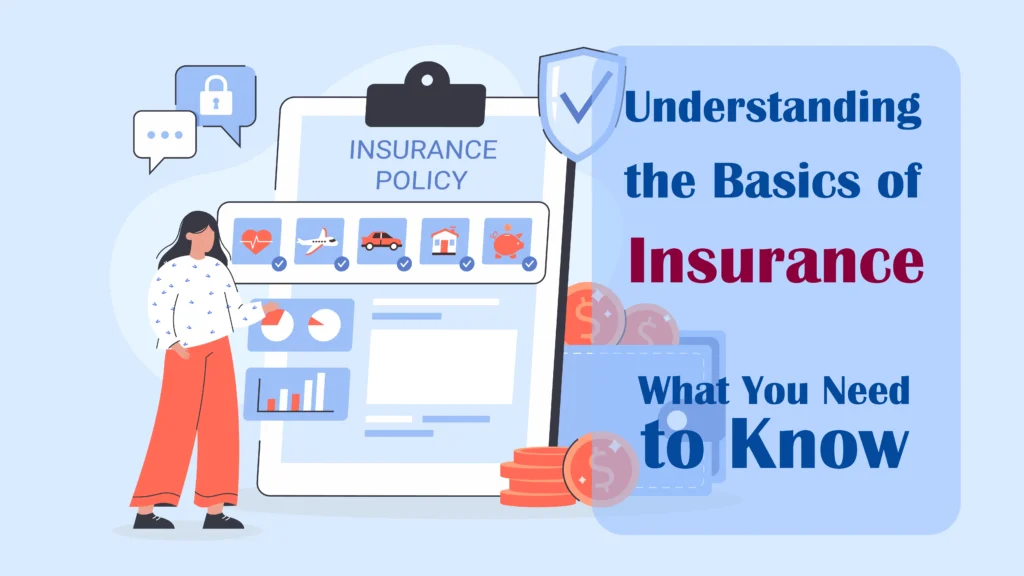Top 10 Tips for Managing ADHD and Overcoming Procrastination
Struggling to stay on top of tasks, battling endless distractions, or feeling stuck in a frustrating cycle of procrastination? If you’re managing ADHD, you know how overwhelming it can be to juggle responsibilities while trying to maintain focus and motivation. The constant tug-of-war between starting tasks and finishing them can make even the simplest activities feel daunting. But here’s the good news: ADHD doesn’t have to hold you back. With the right strategies and tools, you can turn your challenges into strengths, break free from procrastination, and thrive in your daily life.
In this blog, we’ll explore 10 powerful tips for managing ADHD and overcoming procrastination, providing you with actionable steps to reclaim your time, stay organized, and boost your productivity. Whether you’re struggling with work, school, or personal goals, these tips are designed to help you take control and unlock your full potential. Let’s dive in and start making progress, one step at a time!

Understanding ADHD and Procrastination
The Connection Between ADHD and Procrastination
ADHD (Attention Deficit Hyperactivity Disorder) affects how the brain manages tasks such as planning, prioritizing, and focusing—skills that are crucial for productivity. People with ADHD often struggle with executive functioning, which leads to difficulties in starting, staying on task, and completing projects.
Procrastination for those with ADHD often comes from feelings of overwhelm or frustration when faced with complex or unclear tasks. These individuals may also experience time blindness, which causes difficulty in estimating how long tasks will take, leading to last-minute scrambles or incomplete work.
Why ADHD Makes Procrastination Worse
The ADHD brain craves stimulation, so tasks that are perceived as boring or unchallenging are often avoided in favor of more immediate, pleasurable activities. This quest for instant gratification can lead to significant procrastination, as long-term rewards (such as completing a project) are overshadowed by the brain’s desire for quick dopamine hits, like scrolling through social media.
By understanding these unique challenges, you can start to use specific strategies designed to help ADHD brains manage procrastination and create better productivity habits.
Top 10 Tips to Manage ADHD and Overcome Procrastination
Tip 1: Break Large Tasks into Manageable Steps
One of the biggest hurdles for people with ADHD is tackling large, overwhelming tasks. Instead of trying to take on the whole project at once, break it down into smaller, manageable steps. This makes the task feel less daunting and gives you a clear starting point.
Why Smaller Steps Reduce Overwhelm
Breaking a task into smaller pieces reduces the mental load, making it easier for your brain to understand what needs to be done. For example, instead of writing “complete project” on your to-do list, break it into steps like “research topic,” “outline ideas,” “write introduction,” and “edit draft.”
Using Checklists for Consistent Progress
Create checklists for each step. When you check off completed items, you’ll feel a sense of progress, which will motivate you to continue. For ADHD brains, this visual reinforcement of progress can be incredibly rewarding and helps build momentum.
Tip 2: Prioritize Tasks Using the Eisenhower Matrix
Another effective way to manage procrastination is by prioritizing tasks. The Eisenhower Matrix, a time management tool, divides tasks into four categories based on urgency and importance:
- Important and urgent
- Important but not urgent
- Not important but urgent
- Not important and not urgent
This system helps you focus on tasks that truly matter, reducing the tendency to procrastinate on important but less urgent projects.
Tip 3: Use the Pomodoro Technique to Maintain Focus
The Pomodoro Technique is a time management method that helps those with ADHD maintain focus. It involves working in 25-minute intervals (Pomodoros) followed by a 5-minute break. After four Pomodoros, you take a longer break.
The Benefits of Time-Limited Focus Sessions
By working in short bursts, ADHD individuals can sustain focus without feeling overwhelmed by long tasks. This technique provides structure and regular breaks, making it easier to manage your attention and reduce procrastination.
Building Breaks into Your Routine
Breaks are essential for preventing mental fatigue. Scheduling them ensures you stay energized without falling into the trap of hyper-focus, which can lead to burnout.
Tip 4: Create Visual Reminders and Use Timers
People with ADHD often benefit from visual cues that remind them of tasks and deadlines. Create visual reminders, like sticky notes or digital alerts, to stay focused on what needs to be done.
Leveraging Visual Cues to Stay on Task
Place reminders in visible areas, like your desk or computer, to keep tasks top of mind. Seeing these reminders throughout the day reduces the likelihood of forgetting or avoiding important tasks.
The Power of Timers for Accountability
Timers help create external accountability. Use apps or phone alarms to set time limits for tasks, prompting you to start and stay on track. This method adds structure, helping ADHD individuals manage time more effectively.
≫ Related Post: Relation Between Procrastination and ADHD
Tip 5: Set Clear, Realistic Deadlines and Avoid Overcommitting
Setting realistic deadlines is crucial for managing ADHD and avoiding procrastination. Overcommitting to too many tasks can lead to feelings of overwhelm, increasing the likelihood of delay.
How Overcommitting Fuels Procrastination
When you take on too much, your brain becomes overloaded, which makes it harder to focus. By setting clear, manageable deadlines, you create a structure that encourages steady progress rather than last-minute panic.
Setting Boundaries to Manage Expectations
Learn to say no to additional commitments that don’t align with your priorities. Setting boundaries helps protect your time and energy, ensuring you can focus on completing the most important tasks.
Tip 6: Reward Yourself for Completing Tasks
Positive reinforcement is a powerful tool for people with ADHD. Rewarding yourself after completing tasks creates motivation and builds momentum for future work.
Using Positive Reinforcement to Build Momentum
After finishing a task, give yourself a small reward—whether it’s a break, a snack, or some leisure time. These rewards make your brain associate task completion with pleasure, reducing procrastination over time.
Matching Rewards to Task Size and Effort
Ensure the reward matches the task. Larger, more complex tasks should be paired with bigger rewards, while smaller tasks can have simpler incentives. This balance helps motivate you to tackle even the most challenging projects.
Tip 7: Use Accountability Systems
Accountability systems provide external motivation and keep you on track. Whether it’s an accountability partner, a mentor, or a productivity group, having someone to check in with can help ensure you complete your tasks.
The Benefits of External Accountability
Knowing someone else is counting on you to finish a task adds extra motivation to follow through. For people with ADHD, external accountability reduces the likelihood of procrastination and creates a sense of responsibility.
Leveraging Digital Tools and Apps
Digital tools like Trello, Asana, and Habitica can also serve as accountability systems, helping you track progress and stay organized. These tools provide reminders and visual representations of your tasks, making it easier to stay focused.
Tip 8: Limit Distractions in Your Environment
A distraction-free environment is essential for productivity, especially for those with ADHD. Create a workspace that minimizes external interruptions and supports focus.
Creating a Distraction-Free Workspace
Start by decluttering your workspace and removing any unnecessary items that might catch your attention. Organize your desk with only the essentials—this helps reduce visual distractions and keeps you focused on the task at hand.
Managing Digital Distractions with Technology
Use technology to manage distractions, such as website blockers or do-not-disturb modes on your phone. These tools limit your access to distracting websites or apps during work sessions, ensuring that you stay on task.
Tip 9: Implement a Consistent Daily Routine
Routines provide structure, which helps people with ADHD stay focused and organized. Implementing a consistent daily routine reduces decision fatigue and helps you stay on track with your tasks.
Building Structure to Reduce Chaos
A predictable daily routine creates order and reduces the mental load of deciding what to do next. For example, you might start each day by reviewing your to-do list and setting time blocks for your most important tasks.
Allowing Flexibility for Unexpected Changes
While routines are important, it’s equally crucial to build flexibility into your day. Life is unpredictable, and giving yourself permission to adjust your routine when necessary helps you stay productive without feeling restricted.
Tip 10: Practice Self-Compassion and Patience
Procrastination can often lead to feelings of guilt or frustration, especially for those with ADHD. Practicing self-compassion and patience helps reduce these negative emotions and encourages you to keep trying, even after setbacks.
Overcoming Perfectionism and Self-Criticism
People with ADHD are often their own harshest critics, which can lead to perfectionism and avoidance. Instead of striving for perfection, focus on making progress and celebrate each small step forward.
Celebrating Progress, Not Just Completion
Recognize that progress is just as important as completing tasks. Celebrating your progress, even if it’s minor, reinforces positive behaviors and helps you stay motivated in the long run.
Conclusion
Managing ADHD and overcoming procrastination is a journey that requires patience, structure, and consistency. By implementing these 10 tips—breaking tasks into manageable steps, prioritizing effectively, using time management techniques, and practicing self-compassion—you can take control of your productivity and minimize procrastination. With the right tools and strategies, you can thrive both personally and professionally, no matter the challenges ADHD presents.
















